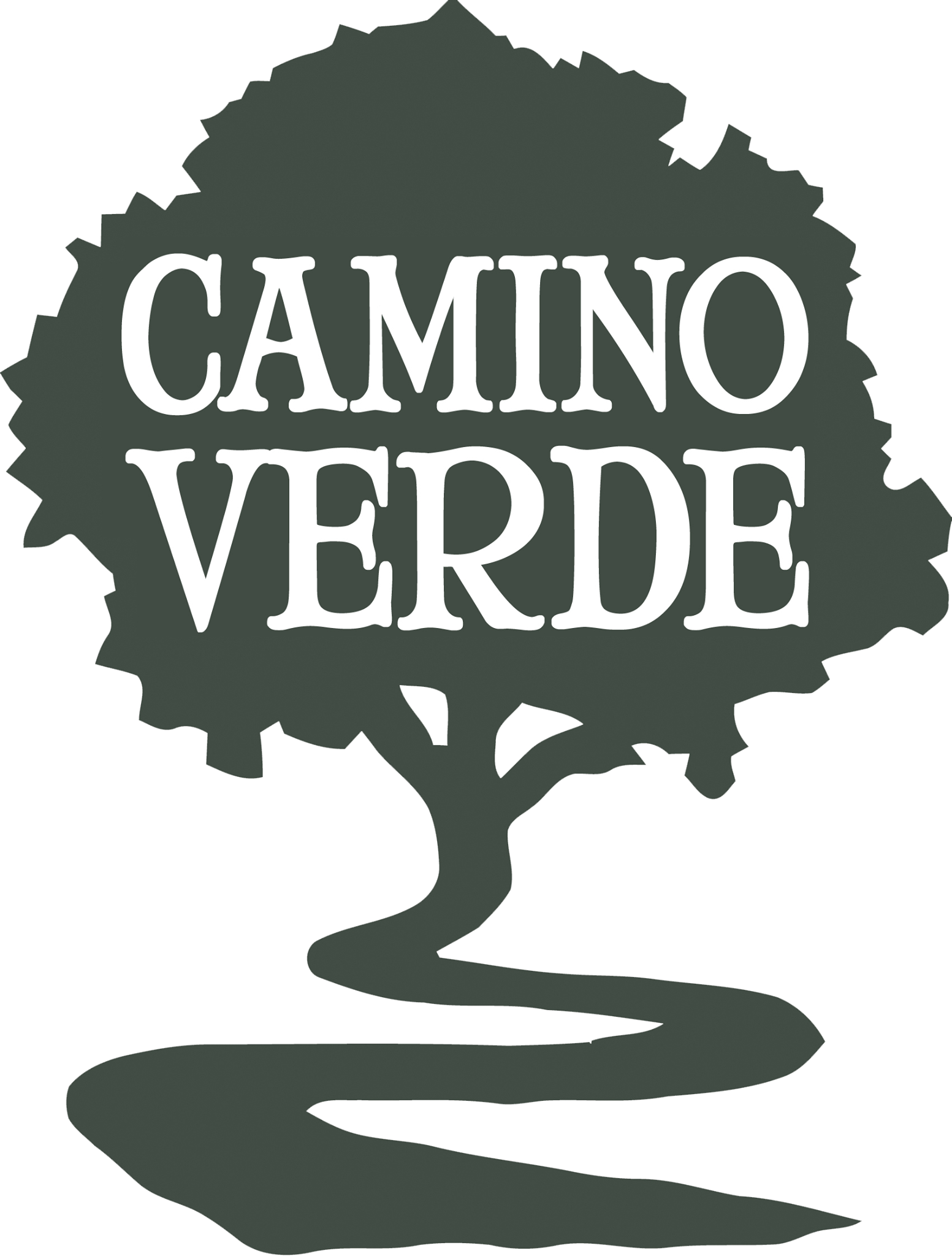
30 • 20 • 10
The Amazon is home to 30% of the planet's species and 20% of the fresh water, producing 10% of the oxygen.
Our work is on the frontline of advancing deforestation, the farms of Amazonian farmers.
Camino Verde operates in the buffer zones of important protected areas in the Peruvian Amazon, the frontier areas where farming can have a disastrous or regenerative effect on the rainforest.
The Peruvian Amazon is 60% of the country's territory, an area the size of Turkey. Within this vast and varied forest landscape, valuable tree species are being lost – but can be brought back.
About Our Impact Regions
Camino Verde works in the buffer zones surrounding important protected areas in the Peruvian Amazon
Madre de Dios, Peru
CV began planting trees in the buffer zone of Tambopata National Reserve in 2006. Our original reforestation center, now a Conservation Area recognized by Peru's Ministry of the Environment, is located between the Reserve and the Interoceanic Highway.
One of the Madre de Dios region's most important and vulnerable protected areas, with close proximity to the recently completed Highway and the regional capital of Puerto Maldonado, the Reserve is also home to several native communities.
Tambopata National Reserve also forms part of the greater Vilcabamba-Amboró Conservation Corridor and is adjacent to Bahuaja-Sonene and Manu National Parks.
Loreto, Peru
Ampiyacu Apayacu Regional Conservation Area is a recently created conservation area located between the regional capital Iquitos and the borders of Colombia and Brazil. The buffer zone of the RCA is home to dozens of native communities representing various ethnic groups.
Camino Verde's work in the region began in 2012 in partnership with the Center for Amazon Community Ecology (CACE), an organization focusing on value added non-timber forest products as a means for livelihood improvement in native communities. We have worked in close collaboration with CACE ever since.
The Ampiyacu Apayacu RCA forms part of an important conservation corridor larger than Belgium. Totaling 36,914 km2, this corridor includes the Maijuna Kichwa RCA, Yaguas National Park, and 3 Colombian national parks (Amacayacu, Rio Puré, and Cahuinarí).
“The Tropical Andes Hotspot is the most diverse in the world, topping the list of 36 hotspots for species richness and endemism. It contains about one-sixth of all plant life in the world, including 30,000 species of vascular plants, making it the top hotspot for plant diversity.”
photos thanks to Breon Hole and Jesús Alferez / CINCIA
banner photo thanks to Julio Araujo / CINCIA
Take me to:









